

Pollinator Power
Pollinators are in decline in Maryland and around the world. That’s a warning flag for gardeners and the planet.
If insects disappear, most flowering plants would go extinct. That would lead to the collapse of food webs that support birds, animals, reptiles, amphibians and humans.
The most important group of pollinators in Maryland is bees. More than 430 species of bees can be found in the state, along with over 150 species of butterflies. Maryland also has many other pollinators including ants, beetles, flies, months, wasps and the Ruby-throated Hummingbird.
Sharing is Caring
What are Pollinators?
Bees, butterflies, moths, hummingbirds, bats, beetles, wasps and even flies pollinate flowers, but bee species pollinate flowers more often than any other group, including birds and butterflies.
Bees
Bees are the champion pollinators!
Did you know, there are over 4,000 species of native bees in the United States.
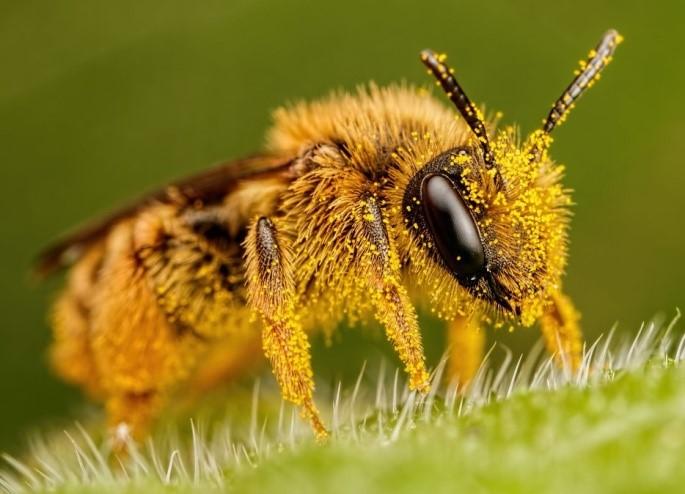
Butterflies
Butterflies are very active during the day and visit a variety of wildflowers. They probe for nectar, their flight fuel, and typically favor the flat, clustered flowers that provide a landing pad and abundant rewards.
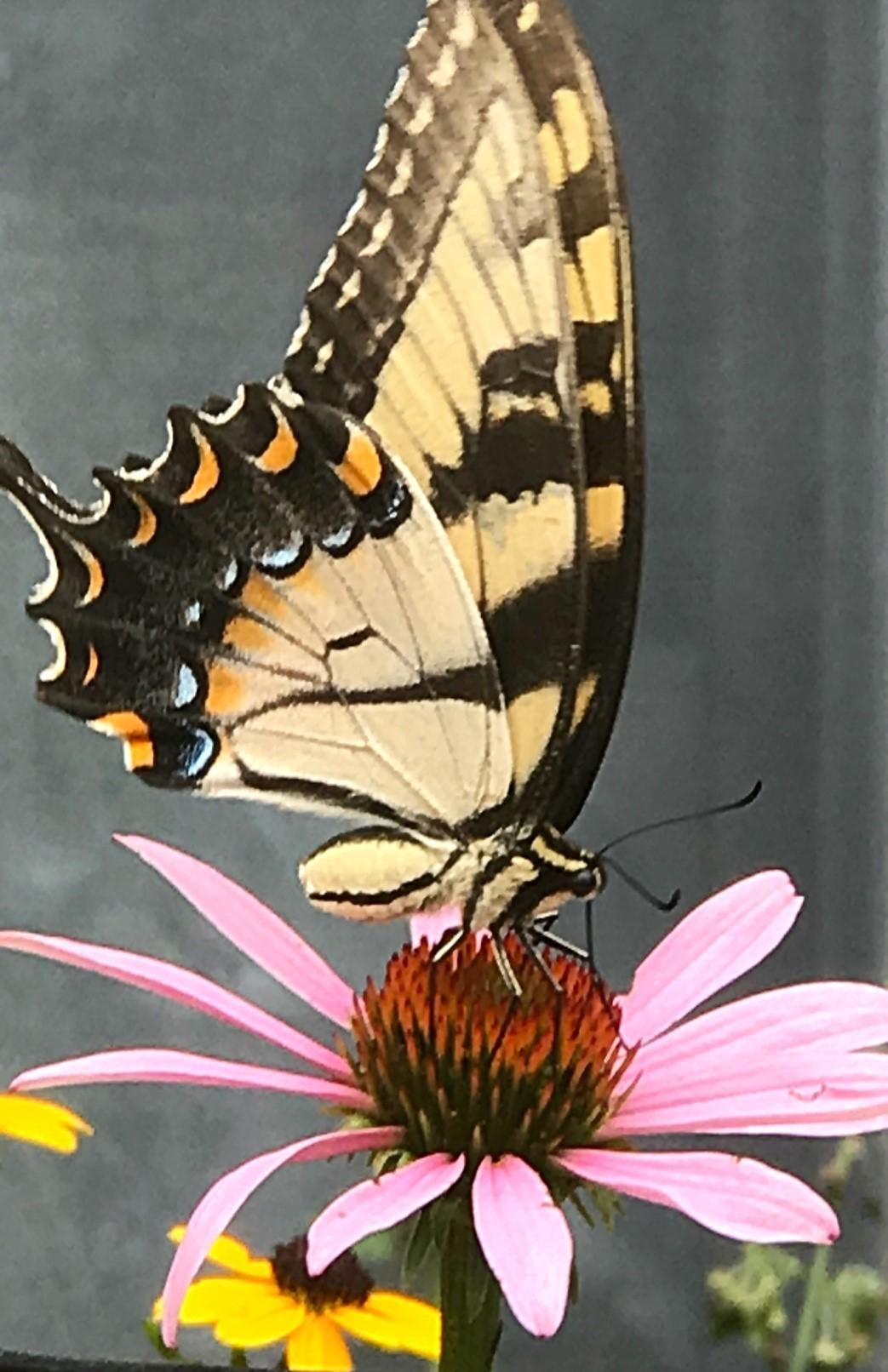
Moths
After dark, moths and bats take over the night shift for pollination. Nocturnal flowers with pale or white flowers heavy with fragrance and copious dilute nectar attract these pollinating insects. Not all moth pollinators are nocturnal; some moths are also active by day. Some moths hover above the flowers they visit while others land.
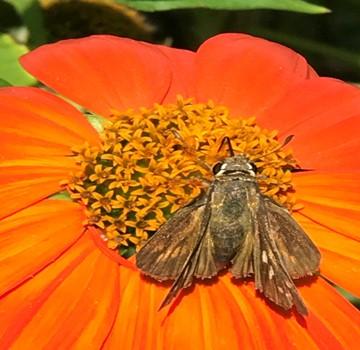
Birds
Birds are very important pollinators of wildflowers throughout the world. In the continental United States, hummingbirds are key in wildflower pollination. In other areas, honeycreepers (Hawaii) and honeyeaters (Australia) are important pollinators. In addition, brush-tongued parrots (New Guinea) and sunbirds (Old World tropics) serve as tropical pollen vectors.
There are 2,000 bird species globally that feed on nectar, the insects, and the spiders associated with nectar bearing flowers.
Bats
Bats are very important pollinators in tropical and desert climates. Most flower-visiting bats are found in Africa, Southeast Asia, and the Pacific Islands.
After dark, bats and moths take over the pollinator night shift:
Beetles
Beetles were among the first insects to visit flowers and they remain essential pollinators today. They are especially important pollinators for ancient species such as magnolias and spicebush. Beetles will eat their way through petals and other floral parts. They even defecate within flowers, earning them the nickname “mess and soil” pollinators. Research has shown that beetles are capable of color-vision.
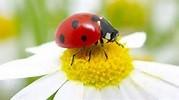
Wasps
Wasps look like bees, but are generally not covered with fuzzy hairs. As a result, they are much less efficient in pollinating flowers, because pollen is less likely to stick to their bodies and to be moved from flower to flower.
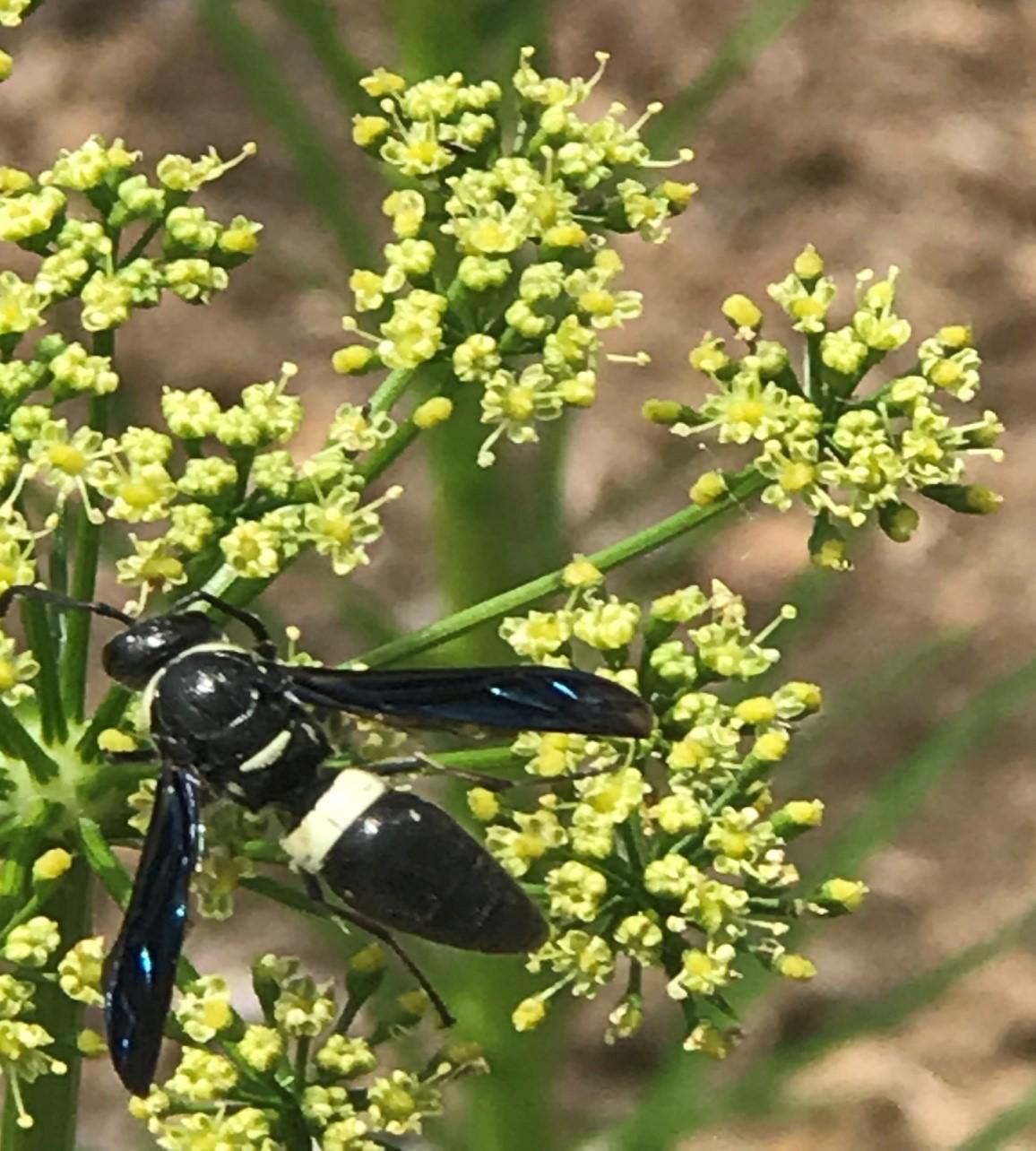
Flies
The two-winged insects (flies, gnats, mosquitos) is a very large group. Many of them specifically visit flowers, such as the Syrphid flies or flower flies. They are not as hairy as bees and as efficient in carrying pollen, but some are good pollinators.
Ants
Ants form a great group of social insects that are great lovers of nectar. These busy insects are often observed visiting flowers to collect energy rich nectar. Ants are wingless and must crawl into each flower to reach their reward. Ants are more likely to take nectar without effectively cross-pollinating flowers.
Unusuals
There are many different kinds of pollinators. Of these, the animals that can fly are generally the best at transferring pollen. Flying insects are the most common pollinators. In addition to butterflies, bees and moths, many species of beetles, and flies are important pollinators. However, there are many animals, large and small, that are critical in pollinating flowers.
Life Cycle of a Monarch Butterfly
How Can You Help Pollinators?
Plant natives. Plant a buffet of native plants that offer nectar and pollen throughout the year to a variety of pollinators. Convert part of your turf lawn to native plants.
Create habitat. Native bees aren’t like honeybees. They don’t live in hives. Most native bees are solitary bees and nest in open sandy soil, or in dead flower stalks, brush piles and dead trees or logs. Leave old plant stalks standing, or cut them no shorter than a foot from the ground in the fall to give bees and other pollinators places to nest over the winter.
Limit pesticide use. Pesticides don’t just kill the insects you want to kill—they are often harmful to bees, butterflies and other pollinators. If you must use pesticides, read the labels carefully and choose pesticides that don’t contain dangerous neonicitinoids.
Plant other nectar and pollen sources. Supplement your native plants with a variety of flowering annuals and other perennials. Good choices are plants in the following families: daisy (marigold, daisies, mums), carrot (dill, fennel, anise, yarrow, parsley), and mint (all mints and thymes).
